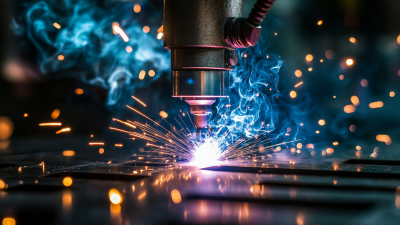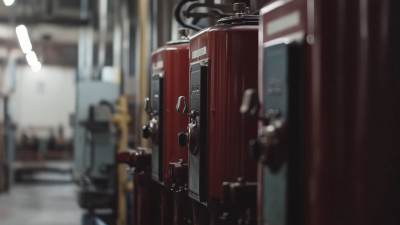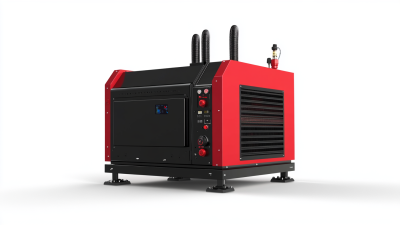In the evolving landscape of fabrication and welding, the advent of the Digital Welding Machine marks a significant advancement in precision craftsmanship. According to a recent report by MarketsandMarkets, the global welding equipment market is projected to reach USD 23.4 billion by 2026, with a substantial share attributed to digital technologies that enhance accuracy and efficiency. These machines leverage advanced control systems and real-time data analytics, reducing waste and increasing productivity by up to 25%. As industries demand higher-quality welds with tighter tolerances, the role of digital solutions becomes indispensable. This guide will delve into the best digital welding machines available today, highlighting their key features, industry uses, and how they can elevate your welding projects to a new level of excellence.
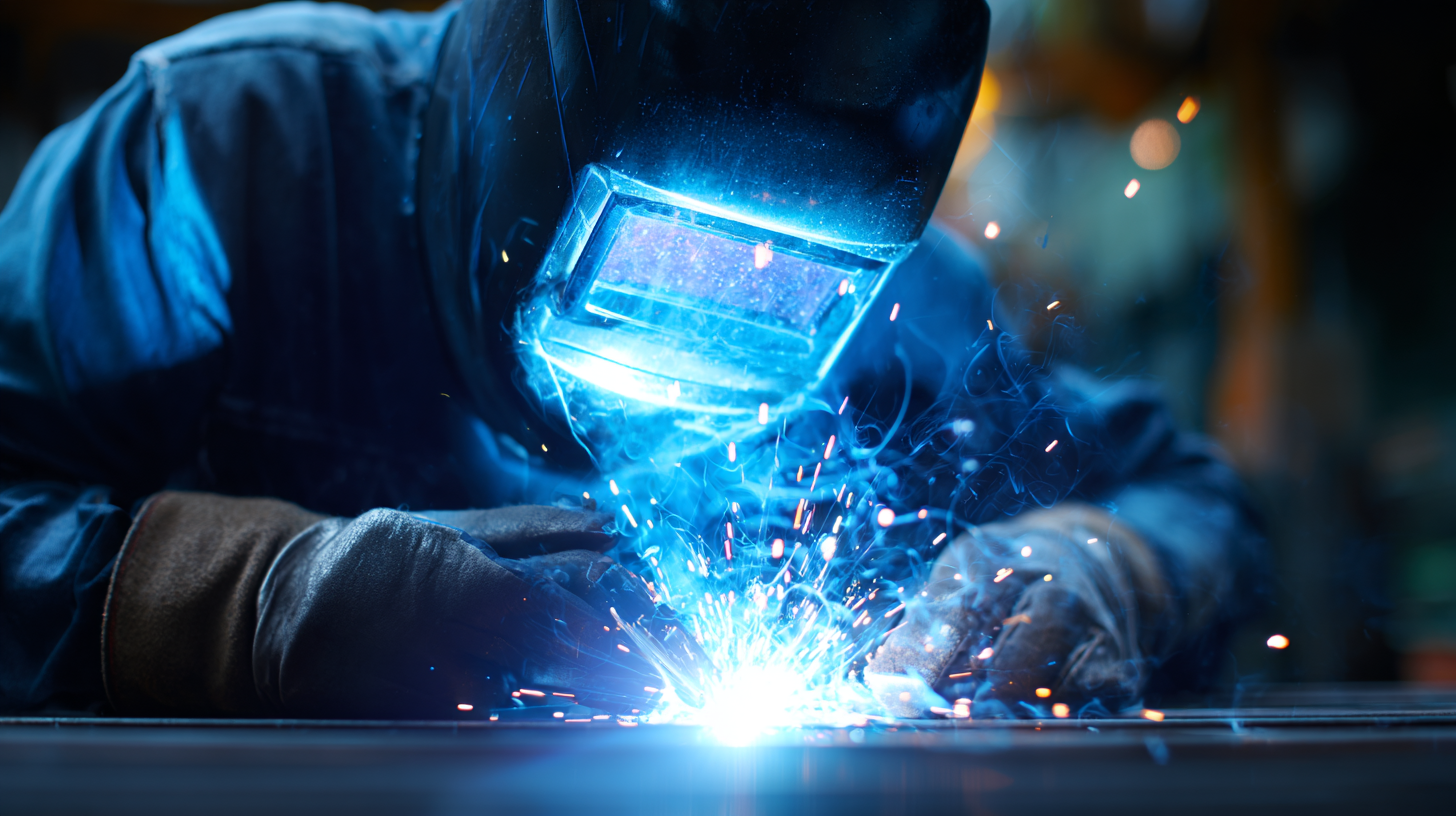
When selecting a digital welding machine for precision craftsmanship, understanding the key features can significantly impact the quality of your projects. One crucial aspect to consider is the type of welding process supported by the machine. Whether you're focusing on MIG, TIG, or stick welding, choosing a machine that aligns with your specific applications will enhance efficiency and outcome. Additionally, output power and duty cycle ratings should be closely examined, as these factors determine how long the machine can operate continuously without overheating, which is essential for larger or more intricate welding jobs.
Another important feature to assess is the level of control offered by the machine. Advanced digital welding machines often come equipped with programmable options and precise settings, allowing welders to fine-tune their techniques for maximum accuracy. Features like pulse settings, arc control, and digital displays can dramatically improve usability and results. Finally, consider the machine’s portability and ease of use. Compact designs and lightweight materials are beneficial for professionals who need to transport their equipment frequently, while user-friendly interfaces can reduce the learning curve for beginners, enabling them to achieve high-quality workmanship sooner.
| Model | Welding Type | Power Output | Weight | Key Features |
|---|---|---|---|---|
| Model A | MIG | 200A | 15 kg | Digital Display, Overload Protection, Weld Quality Adjustment |
| Model B | TIG | 250A | 20 kg | Pulse Function, Adjustable Arc Control, Multiple Current Settings |
| Model C | Stick | 180A | 12 kg | Inverter Technology, Hot Start, Anti-Stick Functionality |
| Model D | Multi-Process | 300A | 22 kg | Versatile, Synergic Setting, Advanced Cooling System |
When it comes to precision craftsmanship in welding, selecting the right digital welding machine is crucial. Digital welding technology has transformed the industry by offering advanced features that enhance accuracy and efficiency. These machines are equipped with precise controls that allow welders to adjust settings according to the specific requirements of each project. Whether you’re engaging in intricate microwelding tasks or larger fabrication projects, a top-notch digital welding machine can make all the difference in achieving superior results.
One standout aspect of the best digital welding machines is their ability to cater to both novice and expert welders. The integration of modern technology with traditional craftsmanship creates opportunities for artisans to push the boundaries of their skills. For instance, a case study of a company venturing into microwelding illustrates how using the right equipment allowed them to produce intricate joints with unparalleled precision. As welding continues to evolve, investing in a quality digital machine not only enhances craftsmanship but also paves the way for innovative applications across various industries.
Mastering digital welding techniques is crucial for anyone looking to achieve precision craftsmanship in their projects. One of the essential tips is to understand the importance of equipment calibration. Before you start welding, ensure that your digital welding machine is properly calibrated according to the material you are working with. This includes setting the correct voltage, amperage, and travel speed. A well-calibrated machine allows for smoother arcs and cleaner welds, ultimately improving the quality of your work.
Another key aspect is practicing with different materials and settings. Each material behaves differently under heat, so experiment with the various settings on your digital welder. For instance, while aluminum requires a different approach than steel, familiarizing yourself with multiple welding techniques can broaden your skills significantly. Additionally, consider documenting your trial runs—taking notes on settings and outcomes can help refine your process, making you a more proficient welder over time.
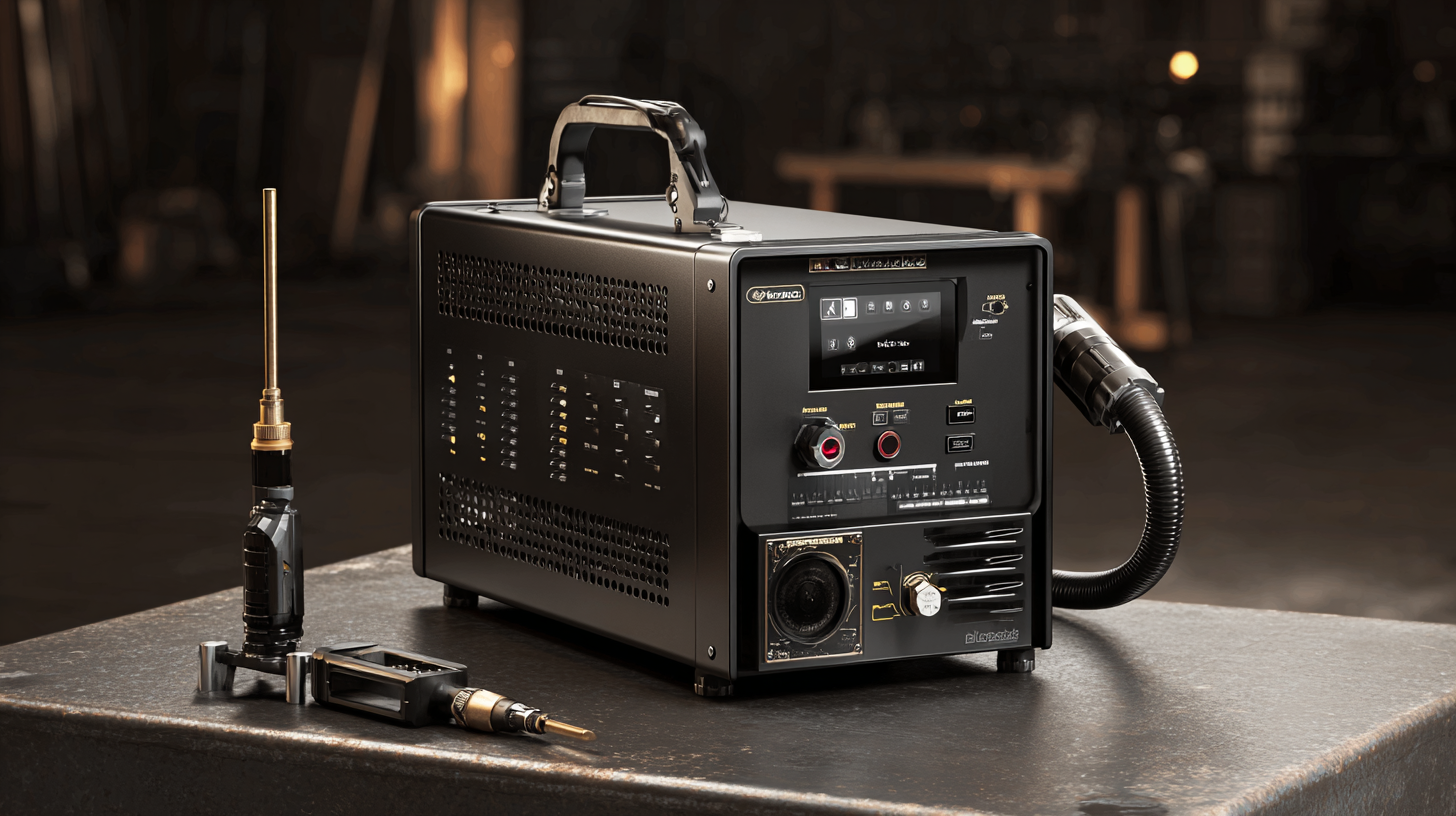
When it comes to welding technology, the shift from traditional to digital welding machines signifies a transformative leap in craftsmanship. According to a recent report by the Welding Equipment Manufacturers, digital welding machines offer enhanced precision, with accuracy levels reaching up to 0.1 mm, compared to traditional machines that typically provide a margin of error between 0.5 to 1 mm. This level of precision is crucial for industries that demand meticulous detail, such as aerospace and automotive manufacturing, where even the slightest discrepancy can result in significant safety hazards.
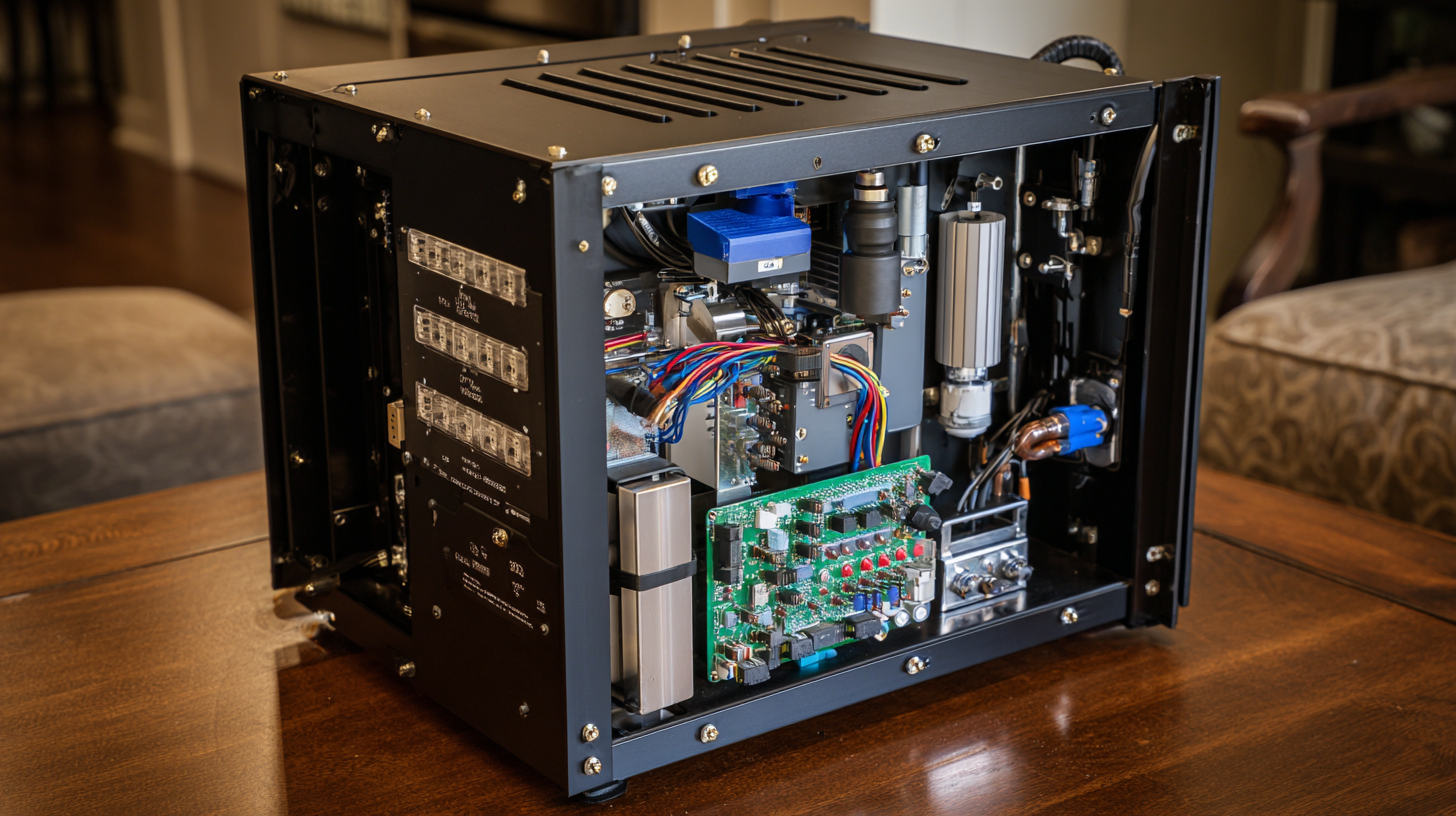
Additionally, digital machines are equipped with advanced features such as real-time monitoring and automatic adjustments, which streamline the welding process and minimize human error. A survey conducted by the American Welding Society indicates that facilities using digital welding technology reported a 30% increase in productivity and a 25% reduction in material waste. These improvements not only enhance the quality of the welds but also contribute to cost savings, making digital machines a wise investment for precision craftsmanship in various industries.
When investing in a digital welding machine, understanding maintenance and care is crucial to extending its life and ensuring high-quality performance. According to a report by the American Welding Society, regular maintenance can increase the operational lifespan of welding machines by up to 50%. This includes routine checks for wear and tear on cables and connectors, cleaning of contacts, and ensuring proper calibration of settings. By adhering to these practices, welders can maintain precision and reduce the likelihood of costly repairs.
Additionally, environmental factors play a significant role in the longevity of digital welders. A study from the Institute of Welding Technology highlights that exposure to moisture and extreme temperatures can adversely affect electronic components, leading to premature failures. Ideally, welding machines should be stored in a controlled environment, away from corrosive materials and excessive humidity. Implementing a consistent maintenance routine not only preserves the functionality of the welder but also enhances safety by minimizing the risk of electrical hazards. By prioritizing maintenance, welders can achieve superior craftsmanship while ensuring their machines operate efficiently for years to come.

